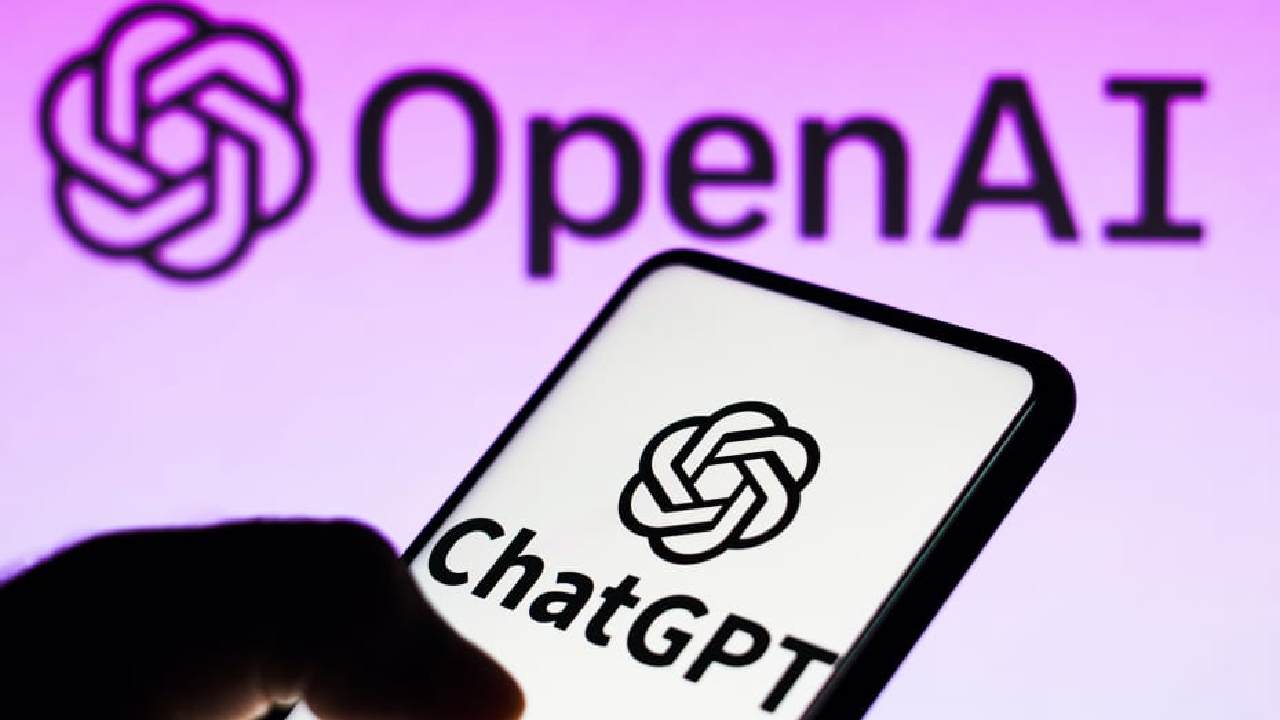ChatGPT Threat to Society and Security in 2024
Readers like you help support Cloudbooklet. When you make a purchase using links on our site, we may earn an affiliate commission.
ChatGPT is an AI-powered language model developed by OpenAI, capable of generating human-like text based on context and past conversations. ChatGPT has many potential applications and benefits for various domains, such as education, business, entertainment, and social media.
However, it also poses new challenges and risks for society and cybersecurity, as it can be used by hackers to create convincing phishing emails, generate malicious code, or spread misinformation. In this article, we will explore the current state of ChatGPT threats to society and security.
What is ChatGPT?

ChatGPT is an AI-powered language model that is capable of generating human-like text based on context and past conversations. It was developed by OpenAI, a research company co-founded by Elon Musk and other prominent figures in the tech industry.
It works by predicting the next word in a given text, based on the patterns it has learned from a massive amount of data during its training process. ChatGPT can be used for various purposes, such as answering questions, conversing on a variety of topics, and generating creative writing pieces.
ChatGPT Threats
Large language models like ChatGPT can do many useful things. But they also have big dangers that need a strong and united response from allied countries. This is to protect against the harm of bad actors who use them for information warfare. Lets see about ChatGPT Threats in detail.
Using ChatGPT in Cybercrime
Major ChatGPT Threat is cyberattack, which involves manipulating people into revealing sensitive information or performing actions that benefit the attacker. Hackers could use ChatGPT to create convincing chatbots that impersonate someone else online, such as a friend, family member, colleague, customer service representative, or authority figure.
The chatbot could use natural language processing and generation techniques to mimic the personality and style of the target person. The chatbot could then try to persuade the user to share personal information (such as passwords), financial information (such as credit card numbers), confidential information (such as trade secrets), or perform actions (such as transferring money) that favor the attacker.
AI Generated Phishing Scams
ChatGPT is a state-of-the-art AI language model that can generate text and code based on various prompts. It can also converse with users in a natural and fluent way, without making spelling, grammar, or tense errors. This makes it hard to tell if there is a real person or an AI behind the chat window. For hackers, this is a huge advantage.
According to the FBI, phishing is the most common IT threat in the US. Phishing involves sending fake emails or messages that look like they come from legitimate sources, but contain malicious links or attachments. Most phishing attempts are easy to spot, as they have many mistakes in language and style, especially if they come from foreign hackers who are not native English speakers.
Tricking ChatGPT to Write Malicious Codes
ChatGPT is an AI tool that can create text and code based on various prompts. However, ChatGPT is designed to follow ethical guidelines and policies, and will not generate code that it considers to be harmful or malicious. If a user asks ChatGPT to produce hacking code, ChatGPT will refuse and remind the user of its purpose to assist with useful and ethical tasks.
Nevertheless, ChatGPT could be manipulated by bad actors who could try to trick it into generating hacking code. This is not a hypothetical scenario, as some hackers have already attempted to use ChatGPT to replicate malware strains. For instance, Check Point, an Israeli security firm, reported finding a post on a notorious hacking forum from a hacker who claimed to be experimenting with ChatGPT to create malware.
Frequently Asked Questions
What proactive measures can be taken to minimize ChatGPT threat in 2024?
To minimize the ChatGPT threat and properly utilize its advantages, preventive measures including putting strong detection tools into effect encouraging ethical AI guidelines.
Is there a need for regulations specifically targeting the ChatGPT threat in 2024?
Yes, regulatory frameworks addressing responsible AI usage are necessary to mitigate the ChatGPT threat in 2024 and prevent potential misuse.
Can increased awareness about ChatGPT threat help mitigate its potential risks?
Yes, raising awareness about the ChatGPT threat in 2024 among the public and organizations can foster a more informed approach to addressing associated risks.
Conclusion
In short, ChatGPT brings amazing possibilities but also potential problems in 2024. It’s great at creating human-like text, but that can be used for bad stuff too, like tricky scams or even making up fake stories. This could mess with how much we trust things online.
To tackle these issues, tech experts, security people, and regular users need to work together. We have to make better tools to spot the bad stuff made by AI and set rules for how it’s used. With teamwork and smart thinking, we can enjoy the good things about ChatGPT while keeping an eye out for the not-so-good stuff.
#ChatGPT #Threat #Society #Security
